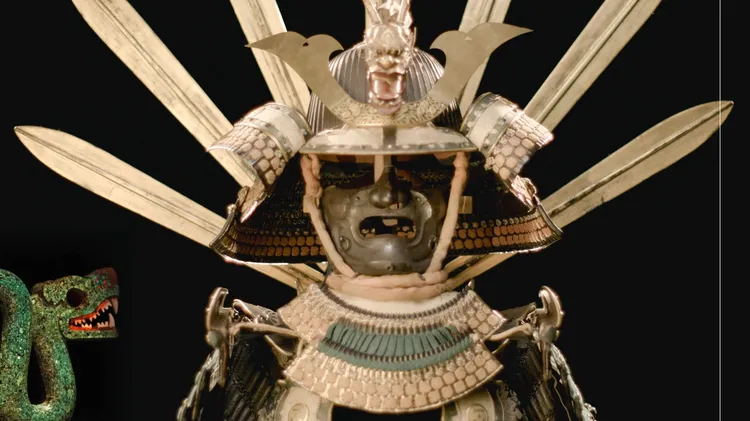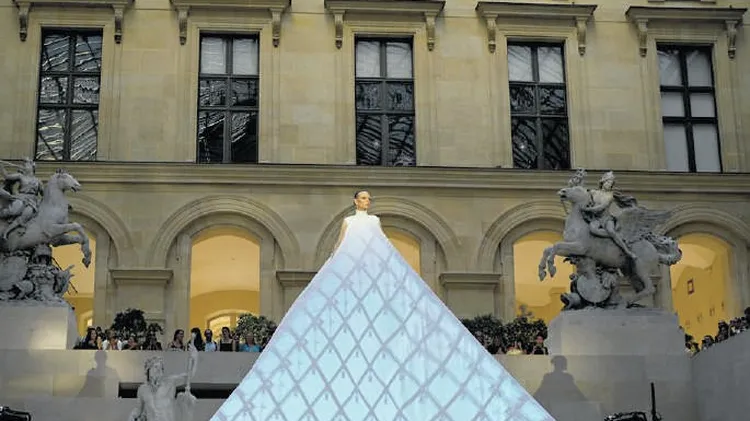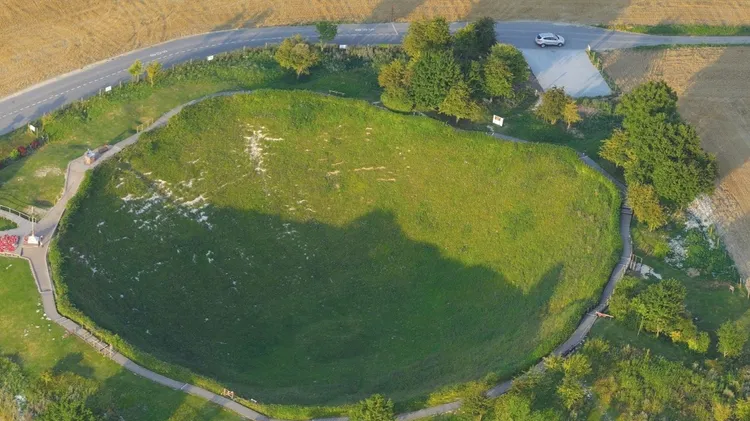It featured exotic pavilions, sporting spectacles and even a repli
The empire’s last hurrah?
14 min read
This article is from...
Read this article and 8000+ more magazines and newspapers on Readly






